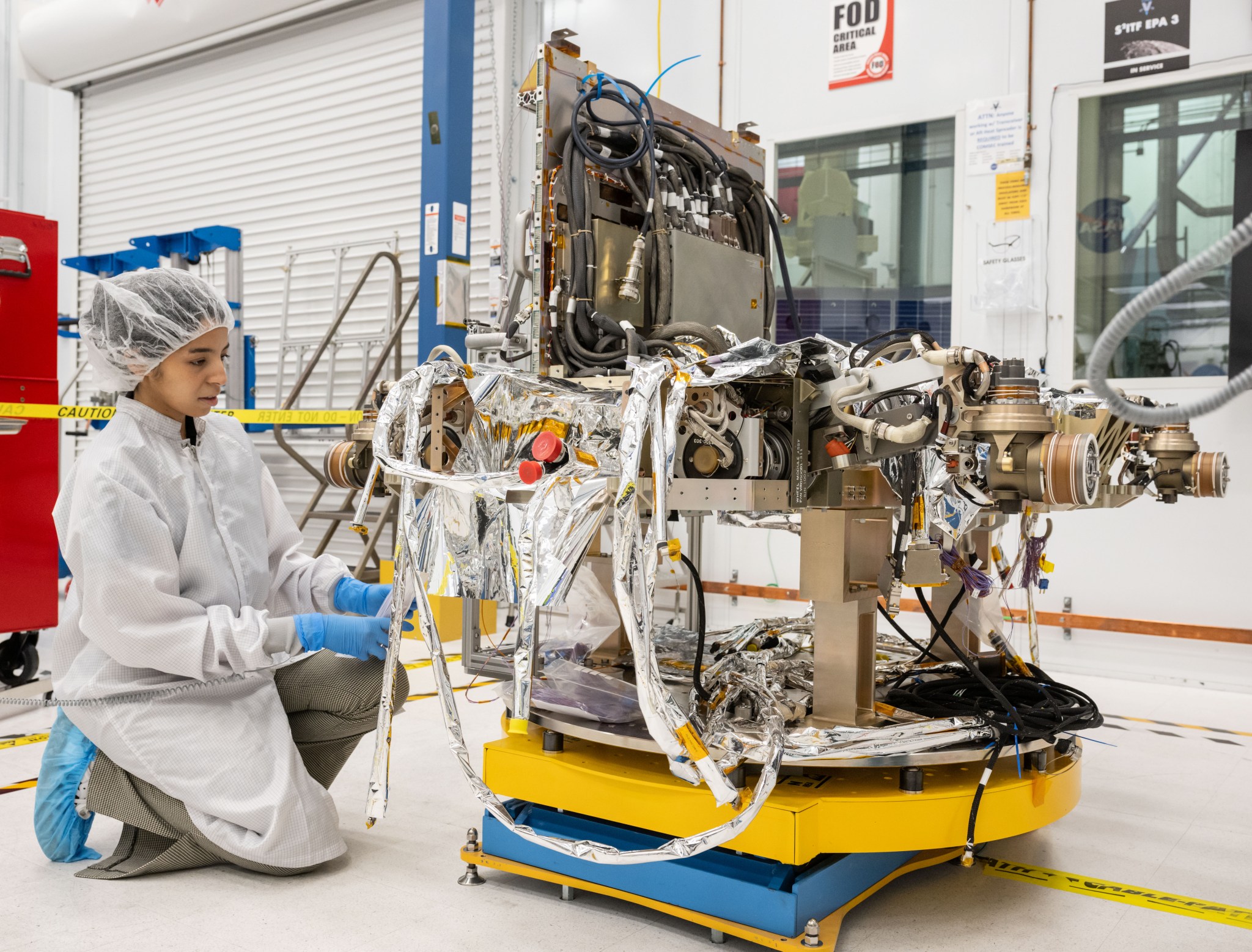The VIPER team is hard at work building the flight vehicle that will be going to the surface of the Moon this time next year! In fact, we’re about halfway through the build, and you can interactively watch the process and hear from experts on the team, in various livestreams throughout the process.
All the science instrument teams have delivered their payloads to the VIPER Systems Integration & Test team, which will install them into the actual flight rover; in fact, all but one is already installed! This was a huge milestone over the past summer, and a frequent sticking point for many flight projects. I’m happy to have all the birds in the nest!
We also have taken delivery of most of the key pieces of hardware we acquired from our various external vendors. This is a very important milestone as well, since a large number of vendors of critical components have been quite behind schedule in their deliveries to the project, due to pandemic-era supply chain issues that continue to reverberate throughout the industry in some unexpected ways. It is good to have VIPER past this point in development, where we can now focus on bringing everything together into a functioning rover.
So now that we are building the flight article, we are able to see precisely how well our design plans are working in reality. There have been some reveals in the first half of the rover build, which we’ve had to navigate, including connector issues from vendors, where we’ve discovered and corrected some design and Foreign Object Debris issues, which prevented connectors from reliably working. We’ve also found some unexpected performance characteristics revealed by some vendor hardware, which we have had to then fold into our plans for how we operate VIPER…These issues and solutions are all part of the challenging process of building a flight article, and ensuring it can survive the very harsh environment of launch, landing, and operations on the lunar surface.
Once the team completes the flight rover assembly, the next step will be to test that rover in the kinds of environments it will see on the mission. This activity will be our primary focus in 2024, and our final step prior to delivering VIPER for launch integration.
Go VIPER!
– Dan Andrews, VIPER Project Manager


























